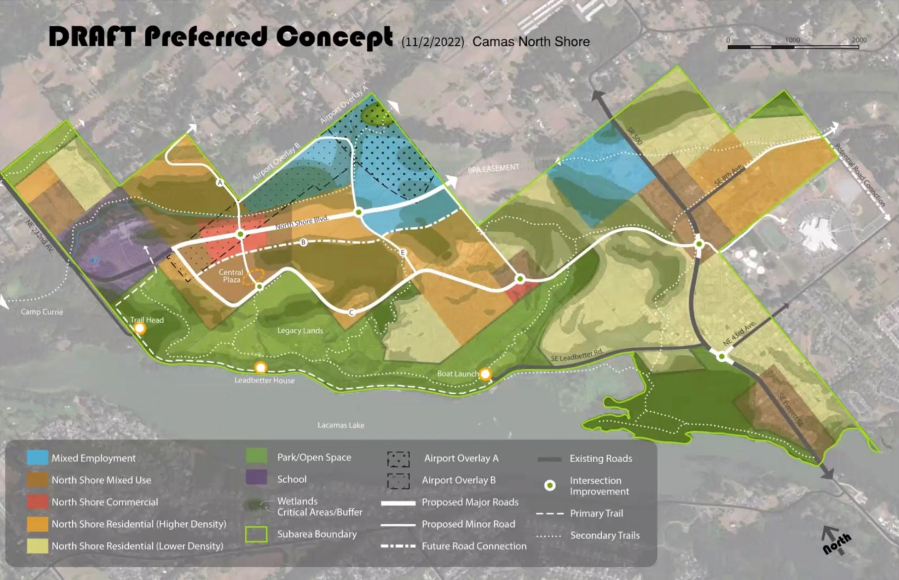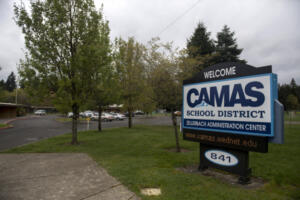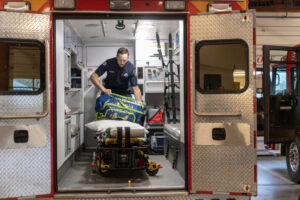Camas officials have approved a subarea plan that will guide future development in the city’s North Shore, a mostly undeveloped 990-acre area located north of Lacamas Lake.
On Monday, Nov. 7, nearly three weeks after the Camas Planning Commission unanimously approved the subarea plan and sent it on to the Camas City Council, the Council held a public hearing on the subarea plan and heard from North Shore property owners who helped develop the subarea plan and who support the plan’s final adoption.





